1.9volts @ 21amps... 40 watts starts RPMs. Start of vid
20Volts @ 21apms... 420 watts vid's peak RPMs at the end(did you hear those RPMs increasing to 20 volts)
Remember, this motor is handmade. It's not balanced and it has a lot of Mechanical drag loses.
If you listen carefully, you can hear a wire scraping under the magnets under low RPMs. It got stuck under the magnets durng transporting.
[VIDEO]https://m.youtube.com/watch?v=xwcPckoSbtA[/VIDEO]
Keep it Clean and Green

Midaz
This place is huge. We were in a tiny back office. The front main testing lab is all white with ALL state-of-the-art equipment $$$$$$$$. This is an old picture, it bigger! It covers Almost all of the land.






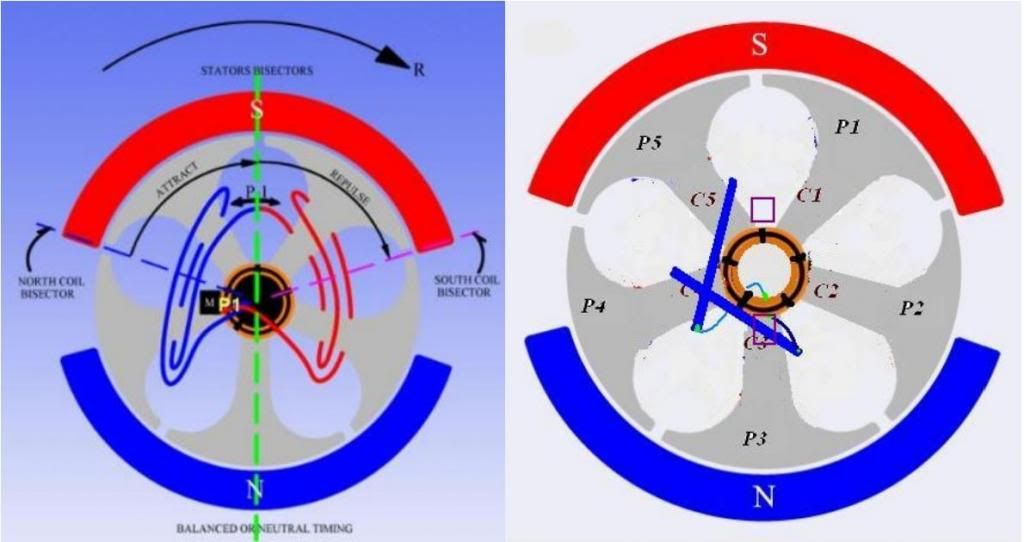
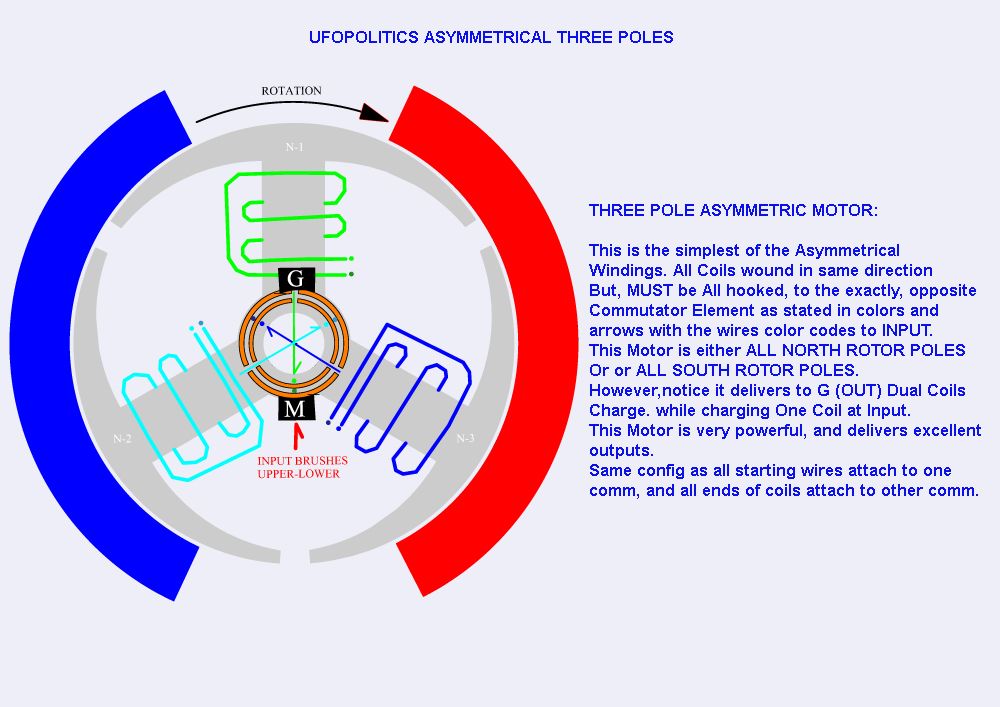

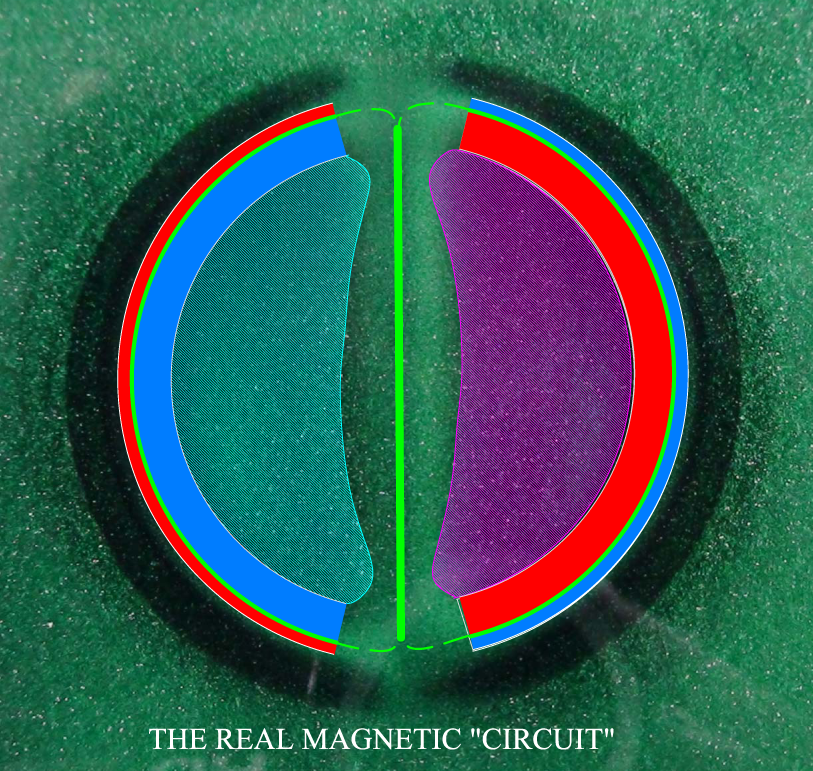
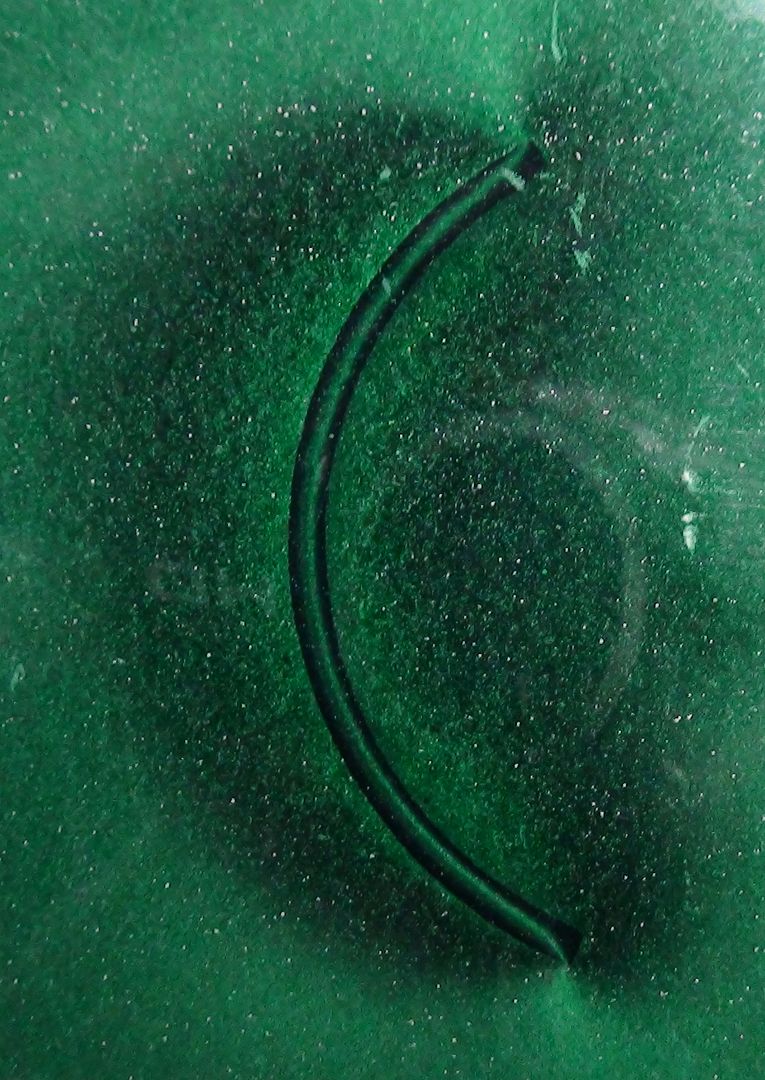

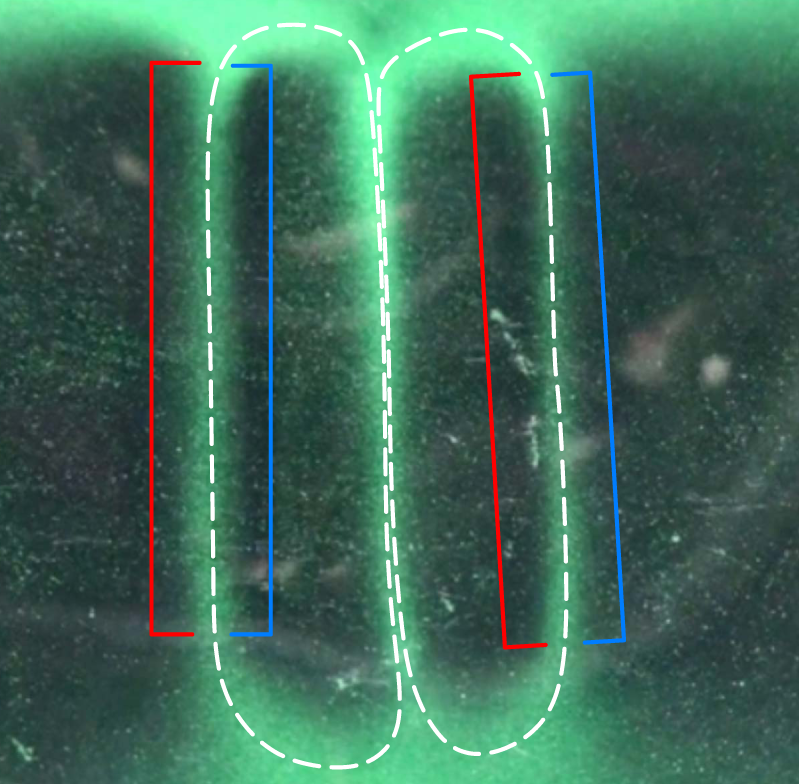
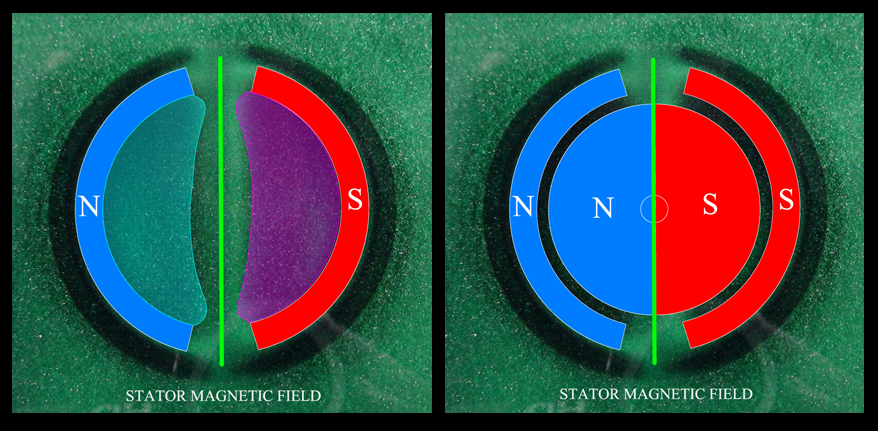
Leave a comment: